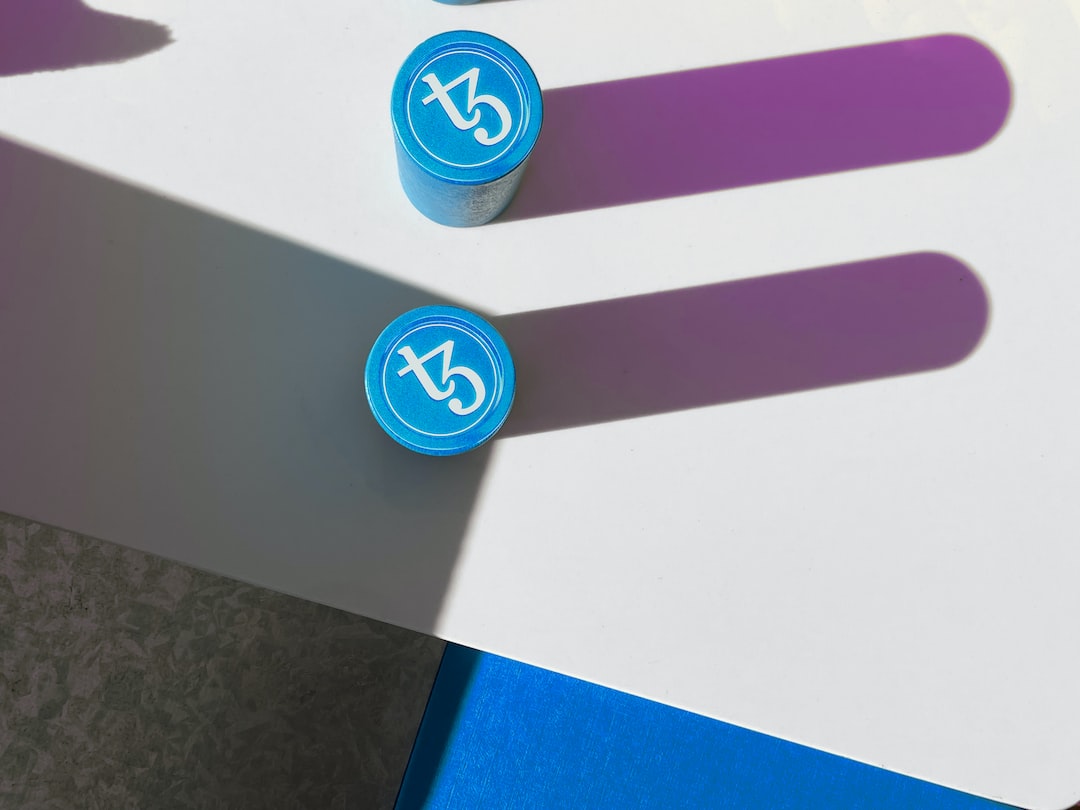Apple Launches MLX: An Open-Source Framework for Machine Learning on M-series CPUs
Apple made the switch to its own silicon computer chips three years ago, asserting control over its technology stack. Now, Apple has introduced MLX, an open-source framework specifically designed for machine learning on its M-series CPUs.
Currently, most AI software development occurs on open-source Linux or Microsoft systems. However, Apple aims to ensure that its developer ecosystem remains at the forefront of innovation by providing a solution tailored to its unique architecture and software.
MLX not only resolves compatibility and performance issues but also offers a user-friendly design inspired by popular frameworks like PyTorch, Jax, and ArrayFire. It streamlines the process of training and deploying AI models on Apple devices.
The Architectural Advantages of MLX
One key feature that sets MLX apart is its unified memory model. This means that arrays exist in shared memory, allowing operations across different device types without duplicating data. This flexibility is crucial for developers working on AI projects.
In simpler terms, unified memory enables your Mac’s RAM to be shared with the GPU’s VRAM. Instead of purchasing a powerful PC and an additional GPU with vRAM, you can utilize your Mac’s RAM for all tasks.
Overcoming Challenges in Apple’s Closed Ecosystem
The path to AI development on Apple Silicon has not been without hurdles due to its closed ecosystem and lack of compatibility with many open-source projects. Developers previously had to convert their models to CoreML for Apple compatibility.
However, MLX eliminates this reliance on a translator like CoreML. It allows developers to create and execute machine learning models directly on Apple’s hardware, promoting innovation within the Apple ecosystem.
Impressive Performance and Benchmark Results
MLX has demonstrated strong performance in benchmark tests. It is compatible with tools like Stable Diffusion and OpenAI’s Whisper, marking a significant step forward. In terms of image generation speeds at higher batch sizes, MLX outperforms PyTorch.
According to Apple, MLX takes approximately 90 seconds to generate 16 images with 50 diffusion steps and classifier-free guidance, while PyTorch requires around 120 seconds for the same task.
A Milestone for Apple’s AI Ecosystem
As AI continues to advance rapidly, MLX represents a critical milestone for Apple’s ecosystem. It not only addresses technical challenges but also unlocks new possibilities for AI research and development on Apple devices. This strategic move strengthens Apple’s position in the AI field following its separation from Nvidia.
With MLX, Apple aims to make its platform a more appealing and viable option for AI researchers and developers. This release brings joy to AI enthusiasts within the Apple community during the holiday season.
Hot Take: MLX Empowers Apple’s AI Ecosystem
Apple’s launch of MLX, an open-source framework tailored for machine learning on M-series CPUs, signifies the company’s commitment to advancing its AI capabilities. With MLX, Apple addresses compatibility and performance issues while providing a user-friendly design inspired by renowned frameworks. The unified memory model allows for flexible operations across different device types without duplicating data. Additionally, MLX surpasses PyTorch in benchmark tests, showcasing its efficiency in tasks like image generation. This milestone reflects Apple’s dedication to fostering innovation within its closed ecosystem and positioning itself as a competitive player in the AI field. Overall, MLX empowers Apple’s AI ecosystem and offers exciting prospects for researchers and developers.
Demian Crypter emerges as a true luminary in the cosmos of crypto analysis, research, and editorial prowess. With the precision of a watchmaker, Demian navigates the intricate mechanics of digital currencies, resonating harmoniously with curious minds across the spectrum. His innate ability to decode the most complex enigmas within the crypto tapestry seamlessly intertwines with his editorial artistry, transforming complexity into an eloquent symphony of understanding.

